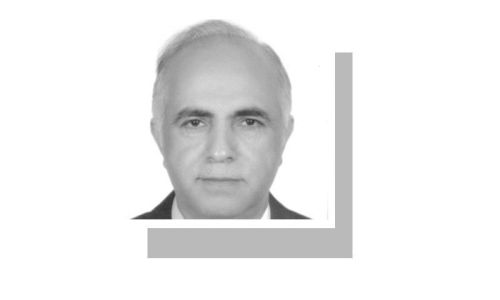By: Jan-e-Alam Khaki
RELIGIOUS experience has been a profound phenomenon in human history in terms of holding beliefs, adopting a religious language, and interpreting the mundane and sacred. There is no one type of experience all religions universally acclaim, but a “variety of religious experiences”, as William James rightly demonstrates.
Therefore, studying a religion, let alone a comparative study of religions, is a hugely complex phenomenon, requiring a multidisciplinary approach and skills. Due to increased interaction among the diverse communities of faith today, it has become imperative to reflect on how faiths can communicate with and enrich each other by developing a shared language of respect and a pluralistic mindset.
The comparative study of religions is concerned mainly with the comparative study of the doctrines and practices of different faiths. In general, this comparative study yields a deeper understanding of the foundational philosophical concerns of religions, such as ethics, metaphysics, eschatology, and axiology. In many universities today, thankfully, the comparative study of religions is taught as a subject exposing the students in an “interdisciplinary manner to a broad history [of the birth] of the religions by investigating the crossroads between history, literature and religion”.
There are often two kinds of approaches to studying another faith, tradition or a community: outside-in and inside-out. The outside-in can also be of two kinds: phenomenological — seeing the faith as it is practised and understood, not as it should be — while the other is the judgemental approach, which tends to look at another faith by keeping some criteria in mind, and judging it from that perspective.
The inside-out approach, on the other hand, can be characterised by describing a faith by the relevant community as it perceives its own faith from within, not as perceived and interpreted by others.
In the first approach — outside-in — a preacher looks at a faith, not as it is, but as ‘it should be’, comparing it with some other religion or sect and thus ‘judging’ it on the basis of external criteria. Generally, in this approach one makes one’s own faith the criterion, based on one’s own sources, and then studies other religions based on predetermined criteria and, then, dubs that religion’s tenets as false or incorrect. This is often called the polemical approach in which one tries to prove the superiority of his or her faith and the ‘inferiority’ of others.
Very often, when preachers —sometimes even writers — speak or write about other communities, they tend to be very subjective, leading to erroneous conclusions. When one hears some ‘ulema’ speak about other faiths or sects, one is appalled at the distorted perspectives they present in order to malign the ‘other’, and please their own audiences.
But, within this category, there is another approach which looks at other faiths with an ‘enlightened eye’ and ‘sharpened ear’, making the ‘familiar unfamiliar’ and ‘unfamiliar familiar’, to know more about the way that particular communities interpret their experience of the mundane and divine.
The job of a true scholar and researcher is to ‘explore’ the ‘phenomenon’ of a faith as to how it has evolved over time, based not on hearsay or unrepresentative views, but on the basis of historical evidence, textual or empirical study by referring to the ‘authentic’ sources of the community. Thus this evidence-based approach by a scholar generates knowledge rather than personal perceptions and opinions.
Sectarian polemical literature, on the other hand, often reflects the attitude whose sole purpose is proving ‘others’ wrong and one’s own interpretation ‘right’.
Comparative religious studies are undertaken with the sole purpose of illuminating and enlightening rather than passing value judgements of good or bad, right or wrong. This approach educates us about how each community has a reservoir of meanings, a history, a culture, a ‘six-foot well’, as Buddha would say; that nourishes their faith. The expressions and symbolic language are distinct to that faith from others, as Rumi tells us, yet convey many common meanings that they share with each other, like the water of all wells being the same. Difference adds to the richness of insights; sameness creates monotony.
In sum, comparative religious studies should enlighten us about interfaith dynamism and mutual learning, despite animosities. If done well, it can help us find common roots.
Today, more than ever before, we need such a positive, inclusive and humanistic approach to bridge the gap between communities of faiths among whom we are blessed to live, and with whom we have a common destiny.
Courtesy Dawn





